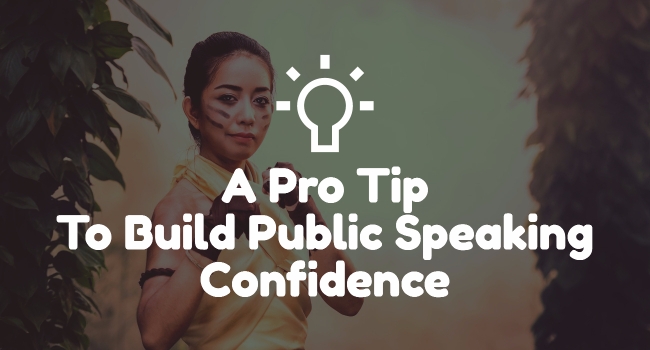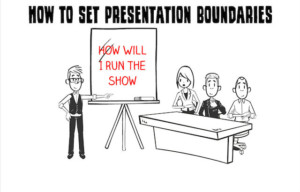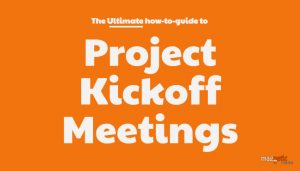Which is more important Confidence or Competence?
They are both equally important!
To be a successful presenter, you can’t have one without the other. If you have competence but little confidence, then you will never be comfortable enough to share your ideas and gain visibility. If you have confidence and little ability, then despite your initial success from that first impression, you will stumble at some point.
As a leader, you need to build competence and confidence independently of each other. They are two separate muscles, and they require different excesses to help them grow.
Some people think that they can build confidence by developing competence. I say yes to some extent. At some point, adding to your ability will not only stop adding to your confidence, but it will have an adverse effect. Remember, they are two separate muscles, and you need to work them out separately.
So what is competence?
As a presenter, your competence comes from your expertise on the topic you are presenting on and also from the presentation skills you use to deliver your message.
What is confidence?
As a presenter, your confidence comes from your belief in yourself and your physical comfort level to stand in front of a group of people and deliver your message.
So how to develop your competence?
Competence is built by realizing something is missing, or something is lacking and then fixing it.
If you self-reflect and realize that you lack in knowledge of Big Data to do your job properly, then, you study up and learn about Big Data. If you self-reflect and realize that you are not connecting with your audience, then you take a storytelling course and correct that problem. Competence comes from continuously fixing, improving, perfecting something.
How does one find confidence?
Confidence is built by realizing that you have nothing missing, nothing lacking and that you are perfect. Confident people usually think that they are ready for a presentation and there is nothing else that needs to be done. They believe the information they share is valuable and complete. They believe in themselves and their ability to present and lead.
Unlike competence, confidence is built on positive self-enforcement. By focusing on the positive rather than on the negative.
Even though I already said both confidence and competence are equally important, I will only go into further detail of one of them in this article.
Confidence!
How to Build your confidence the Tiger Wood’s Way
Tiger Woods is one of the greatest golfers of all times and one of the highest paid Athletes in the world.
Tiger Woods is an ideal example of someone that works both muscles of confidence and the competence separately.
For competence, Tiger Woods practices 3-5 hours a day, from his putt to his swing. He reinvented his swing three times at the peak of his career because he wanted to improve his game. It comes from a mindset that it can be better, it can be a fixed attitude and that it’s never going to perfect without practice. It is how Tiger Woods builds his competence.
Winning games requires confidence as well. Otherwise, Tiger would be a nervous mess on the golf course and would never be able to steady himself enough to pull off his legendary shoots.
Tiger Woods builds his confidence with visualization.
Tiger Woods once told a reporter that as soon as he gets home from a match, he sits on his couch and recalls his best shot of the game. Then he keeps replaying the shot over and over in is the head.
That’s called positive self-reflection.
Notice during practice he is focusing on what could be improved. After training is finished, he is visualizing his best shot. Training builds his competence and visualization build his confidence in his ability.
What do you do after a presentation?
If you are like most smart professionals, you will replay in your head the worst part of your presentation over and over and over. Right?
That’s called negative self-reflection.
I was guilty of negative self-reflection for years until I learned about high performers like Tiger Woods and until I made the distinction between confidence and competence.
Don’t get me wrong; I still fall into negative self-reflection and self-pity out of habit, then I catch myself and course correct.
So what do you do you do after a presentation? Do you go home and replay the best part over and over in your head?
Most likely not. You probably go home and replay most of the presentation over and over in your mind. Don’t beat yourself up over that. Just notice it and change the track to something positive.
If you want to improve your confidence when doing public speaking, then you need to follow the same strategy Tiger Woods uses.
Note: This does not mean you will ignore your weakness or mistakes. It just means that you will fix errors, work on weaknesses to build your competence and at the same time, you work on preserving and building your confidence through positive visualization and positive self-reflection.
Rember the good in every presentation.
Here is a strategy you can apply immediately:
- Find a quiet spot
- Recall your last presentation (does not matter how long ago or how well you did in it)
- Remember in your mind your favorite part of the presentation, what went well and the best moments.
- Write them down.
- Then relive each one of those great moments in your imagination at least once.
If you have a hard time with this exercise, then you need to practice it more. With time your confidence grows and recall gets better.
If you want to build your confidence as a pro, then you will have to do this as a discipline every single time you present. I enjoy my flight back after my keynotes because it provides me with space and time to do this exercise. If I am not traveling, then I carve five minutes out of my day after a presentation to do this. If I don’t, then my internal critic will creep in and start eating away at my confidence.
Conclusion
If you want to be good at public speaking, you need to pay attention to two factors. One is your competence: knowing your material, learning the skill and craft of public speaking. Secondly, you need to keep building your confidence, your comfort level when speaking in front of groups of people. These are two distinct separate muscles, and you need to work them separately to grow both. The last thing you want to do is grow one at the expense of the other.



